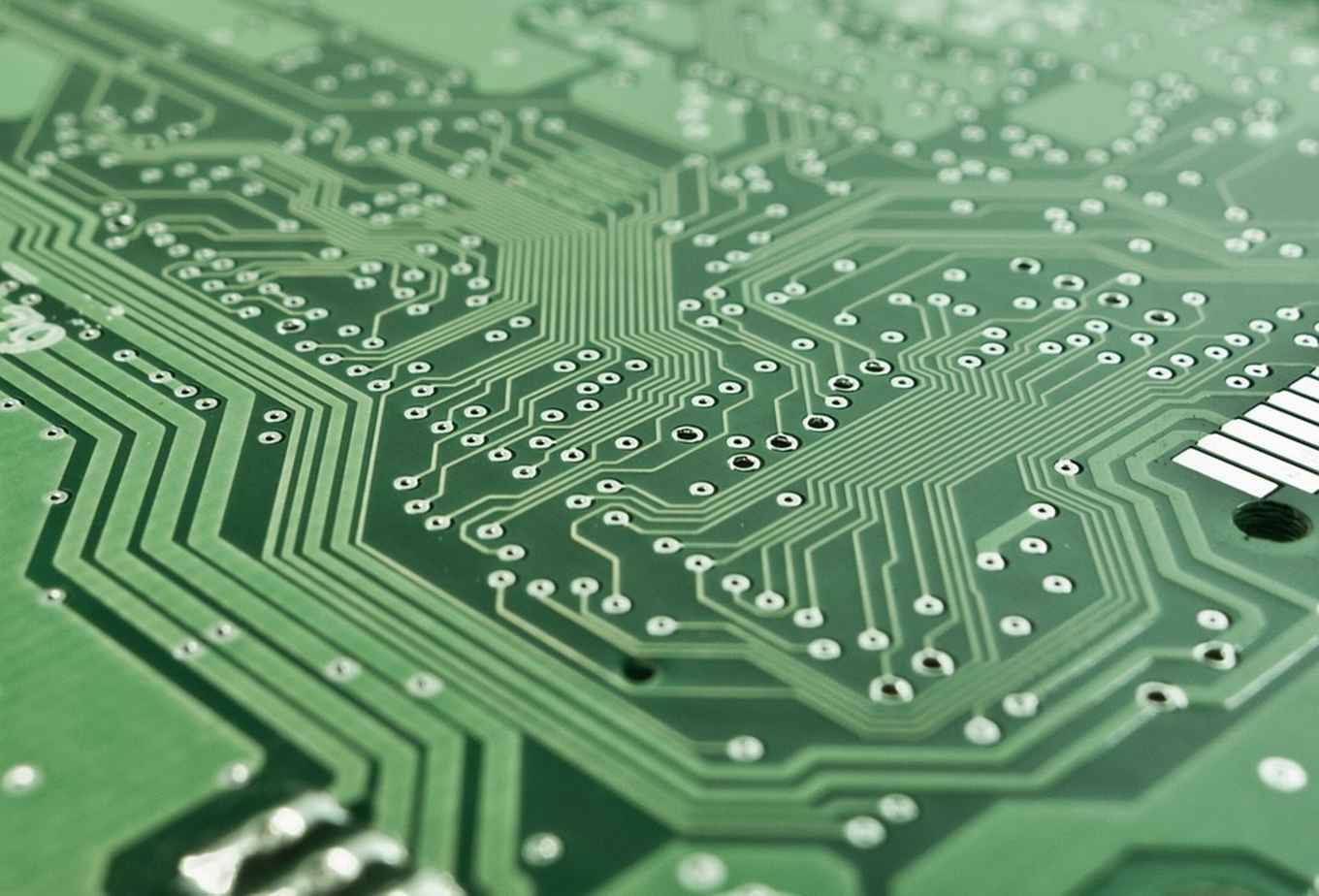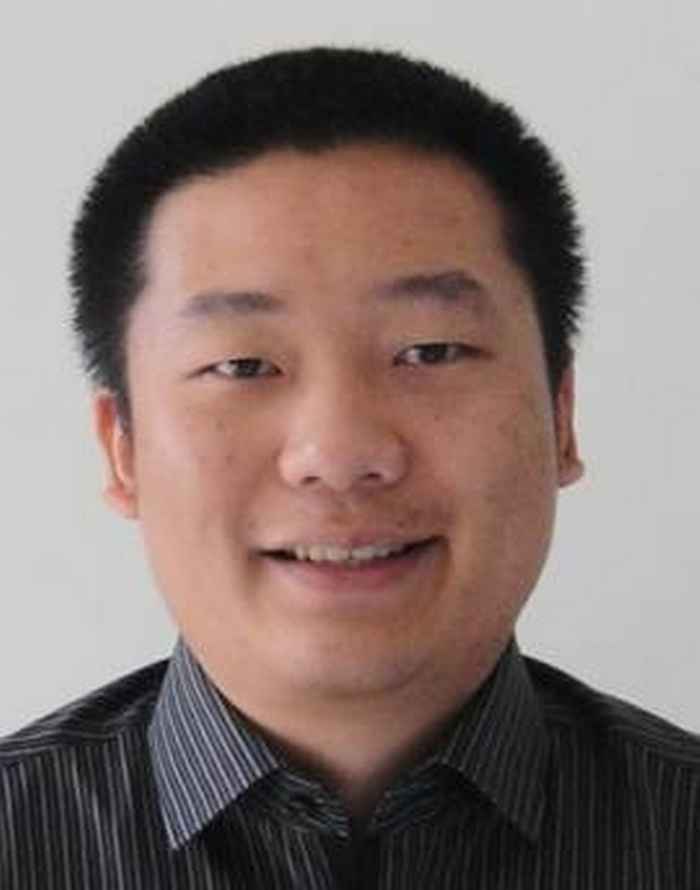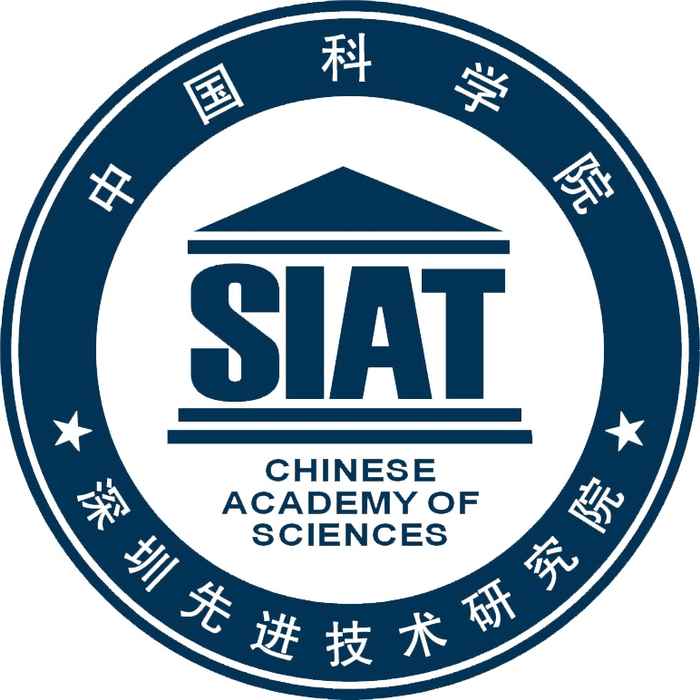Sino-Dutch grant for research into flexible printed circuit boards
New catalytic concepts can open the door to additive manufacturing of electronic circuits
28 August 2017

This public-private project is a collaboration between the University of Amsterdam and the Shenzen Institutes of Science and Technology (SIAT) of the Chinese Academy of Sciences, and YingFan Corp., a major manufacturer of printed-circuit boards. It will be funded jointly by the Dutch Science Foundation (NWO), the Guangdong Provincial Department for Science & Technology (GDST) and YingFan. The funding amounts to €300k on the Dutch side (including a €70k cash contribution from the industrial partner) and another ¥3M (ca. €400k) on the Chinese side. Working together, the consortium’s three partners will try and develop more efficient catalytic plating processes, enabling the precision manufacturing of thinner as well as flexible printed-circuit boards for tomorrow’s electronics.
Getting smaller all the time
The miniturisation of electronic devices is driving the manufacturing of printed-circuit boards (PCBs) towards flexible, smaller, and more densely packed boards with increased performance capabilities. Substractive patterning (where copper is etched off through a mask) is still the main manufacturing method, but additive methods such as electroless copper plating are gaining ground.

The additive manufacturing approach has several important advantages: it consumes significantly less raw copper, generates much fewer pollutants, and most importantly, it enables the fabrication of flexible circuit boards. The downsides are that the plating process requires expensive Pd sensitizers to start the copper deposition process. Moreover, the adhesion of the plated circuit to the substrate is problematic. The process is also sensitive to contaminants, increasing manufacturing costs further.
With their proposal 'Plating microcircuits on flexible electronic boards using sustainable catalysts' Yan and Rothenberg aim to replace the expensive and sensitive palladium-based catalysts with abundant copper-based ones. The activity of such copper particles can be optimised by anchoring them on wafer-thin substrates and controlling their nanostructure.
State-of-the-art testing
The team has already shown the feasilibity of the structure control approach for cobalt-iron nanoparticle catalysts, designed in a previous catalysis project funded by Total Gaz & Power. The new copper catalysts should be able to solve both the activity and the adhesion problems. Interestingly, the same fundamental concepts used in the earlier project for making catalysts for the Fischer-Tropsch synthesis, a very large-scale process, will now be used for making ultra-small electronic circuits.

The catalysts will be developed in Amsterdam and tested and applied for electroless plating in Guangdong. The SIAT team, led by Dr. Xian-Zu Fu, has state-of-the-art testing facilities, and is one of the leading research groups in China in the field of electronic packaging materials. Similarly, YingFan Corp. has a strategic interest in this project. Engineers from the company will participate in the catalyst design and testing process, increasing the chances of industrial application. Promising formulations will be tested in a dedicated pilot plating unit at the YingFan plant in Guangdong.
International exchange
This project will include exchange visits of students and researchers from China and from the Netherlands, which is also one of the goals defined by the Sustainable Chemistry research priority area. Graduate students working on the project (PhD and MSc) will spend part of their research time in Guangdong, and students and researchers from SIAT will visit the UvA. The exchange visits, which are also promoted and supported by the research priority area, will help prepare the students in the best possible way for a successful career in our dynamic and changing global environment. This is the third joint project of the heterogeneous catalysis and sustainable chemistry group with Chinese institutions. The other two projects (with CIDS in Chengdu and with Fudan University in Shanghai) have shown that such exchange research visits play a key role in the projects’ scientific success.